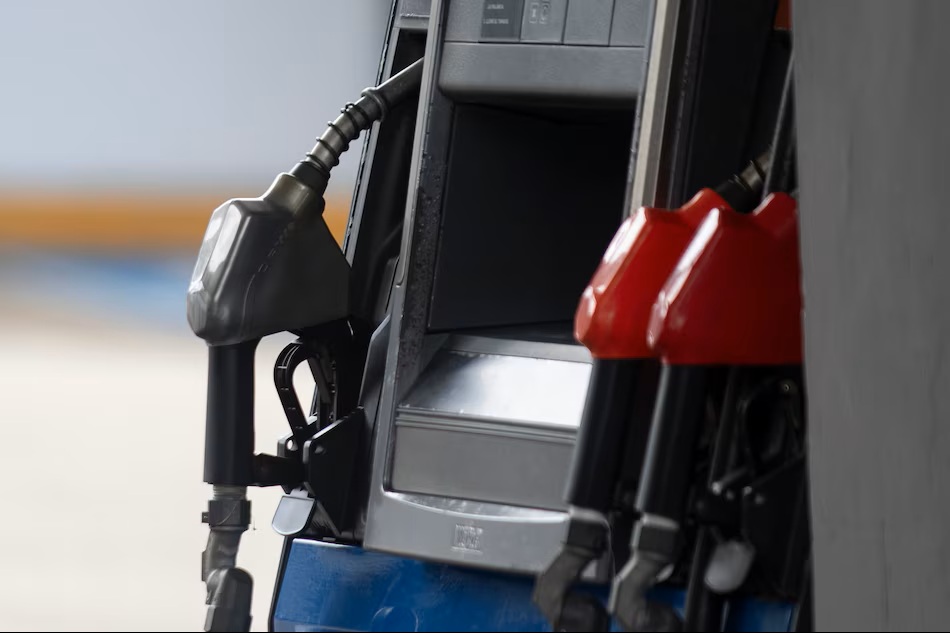Defensive Driving Tips to Avoid Tailgating Accidents

It can be frustrating when you’re stuck behind a slow-moving car and can’t overtake. Such conditions force many drivers to follow closely behind the car in front. This is what is referred to as tailgating.
Traffic fatalities account for more than 90% of all transportation-related deaths in the United States each year. Tailgating is a risky way of driving that leads to rear-end collisions and other accidents.
What Causes Tailgating Accidents?
Well, tailgating accidents are caused by many reasons, and the common ones are road rage, distracted driving, and being in a hurry. Rear-end crashes can lead to substantial injuries, and drivers must know defensive driving tips to prevent tailgating accidents.
Road Rage
Road rage and aggressive driving are always connected to tailgating accidents. Such drivers tailgate on purpose, especially when they feel the front car cut them off. This is the way they express their anger and frustration, and a sudden stop or turn by the front car causes an accident.
Distracted Driving
Distracted drivers take their eyes off the road for many reasons. They can be replying to a text, lighting a cigarette, or trying to reach the back seat. This causes them to overestimate the following distance and end up hitting the front car when it slows down.
Speeding
Being in a rush is also another cause of a tailgating accident. The speeding driver will encounter a driver moving at the speed limit, and if they slow down a bit, they’ll be hit.
Defensive Driving Tips
Preventing tailgating accidents starts with defensive driving. Here are a few tips that’ll help you avoid tailgaters while on the road.
Ensure Enough Following Distance
Every driver knows they must keep a safe following distance from the car in front so that they are able to react to any sudden stops or change of direction. There should be a distance of at least 3 or 4 seconds between you and the car in front, depending on the weather.
Just pick a landmark on the road and count how many seconds it takes you to pass it after the car ahead. Anything less than 3 seconds can easily lead to tailgating.
Staying Alert
Staying alert while on the road is a significant defensive driving tip that prevents you from driving too close to the car in front of you. Staying alert involves avoiding distractions like your phone, eating, or fumbling with other objects in your arms.
The advantage of staying alert while driving is that you can anticipate the traffic flow. You’ll be able to scan 2 to 3 cars in front of you and expect an abrupt stop or lane change. A small distraction can lead to a tailgating accident when the car in front of you brakes abruptly.
Breaking Gradually
Most tailgate accidents happen because the front car stops abruptly. Sudden braking catches the tailgate driver off guard, and they’ll hit the rear end of your car before braking. Start braking gradually once you spot the 2 to 3 cars in front of you have stopped, so that the tailgating driver has enough time also to brake.
Avoid Aggressive Tailgaters
Avoid aggressive tailgaters by changing lanes to let them pass. Do not engage them or start brake-checking because this will only encourage the tailgate driver to keep following you too close. Remain calm and indicate you’re changing lanes to let them pass. Prioritize your safety instead of getting into an altercation on the road.
Conclusion
In summary, defensive driving to prevent tailgating accidents involves:
- Understanding the causes of tailgating accidents
- Keeping a safe following distance
- Staying alert on the road
- Avoiding aggressive tailgaters.





